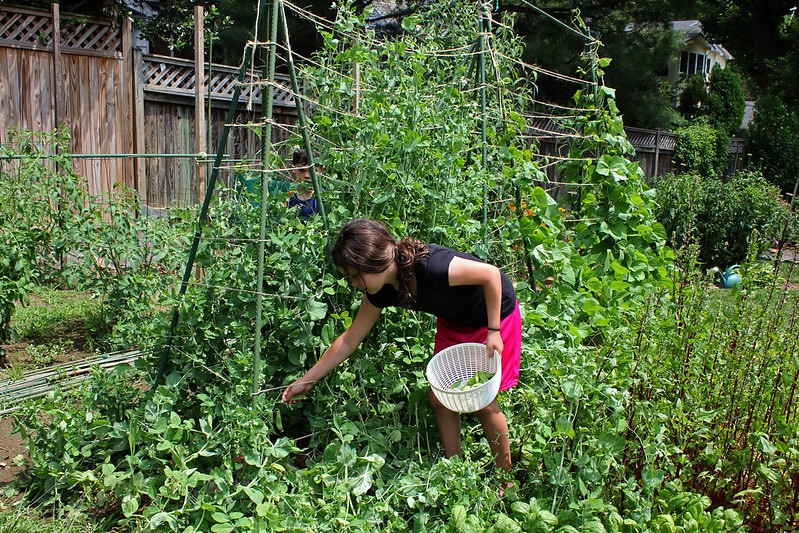
Green Siding and Roofing Options that Cut Energy Costs
“Going green” and “sustainability” are two phrases you hear a lot these days – and for a good reason. The demand for eco-friendly products has taken the world by storm. We have green cars, green tech, green appliances, and more.
Being an environmentally-conscious consumer has become a moral imperative, and more people are looking for ways to reduce their footprint. For some people, it’s about establishing sustainable food practices. For others, it’s about ditching environmentally-damaging products. Eco-consciousness is a multi-faceted journey that means different things to different people.
The housing material market is no stranger to this growing trend. More homeowners are looking to reduce their footprints by building and creating greener homes. This is especially prevalent in the roofing and siding materials markets.
Your house’s exterior can go a long way towards reducing environmental impacts. Additionally, making swaps to greener materials can also boost energy efficiency, and in turn, reduce energy costs.
For many homeowners, the bonus of reduced energy costs is enough motivation to jump on the green roofing and siding material trend.
Let’s look at some of the top green siding and roofing options on the market today that cut energy costs.
Green Roofing Options
There are numerous green roofing options on the market.
- Sustainable Roofing Materials – These materials are either made from repurposed materials or materials that are renewable. Examples include composite shingles, wooden roofs, ceramic tiles, and more. By choosing materials able to be replenished or recycled, you significantly cut back on your environmental impact.
- Solar Roofs – Either via solar shingles or solar panels, some homeowners are “going solar” with their roofs. Solar panels utilize the sun’s power to provide electricity to the homeowner. Rather than relying on traditional energy sources, homeowners with solar roofing can power their own homes. While the initial investment can be high, most people who get solar panels save so much money on electricity costs, the systems pay for themselves.
- Energy-Efficient Roofs – The U.S. Environmental Protection Agency’s Energy Star Program focuses on recognizing specific products and materials designed to be energy efficient and good for the environment. Many roofing material manufacturers have beefed up their energy efficiency to get the Energy Star label. The best asphalt shingles out there have Energy Star approval. Many standard roofing materials, like asphalt, metal, clay, and others on this list, are green and energy efficient – you just have to look for the Energy Star label.
- Green Roofs – Green roofs are also called living roofs because they’re essentially gardens or lawns on top of the roof. This roof style is particularly popular in urban areas where there isn’t a lot of outdoor greenery. Green roofs lower greenhouse gas emissions, reduce energy consumption, and require very little ongoing maintenance. The vegetation serves as extra insulation for the home, reducing energy costs. Plus, they also serve as a protective barrier against the sun, protecting the roof from damage.
Green Siding Options
There are several green siding options as well. While the siding options aren’t quite as varied or unique as the roofing options, there are still several choices on the market that can increase energy efficiency, optimize sustainability, and reduce energy costs.
Here are some of the top choices:
- Wood – It’s renewable, sustainable, and can be locally-sourced. The manufacturing of wood siding is also environmentally-friendly, thereby reducing overall impacts from beginning to end.
- Metal – Metal siding, like aluminum or steel siding, is another green siding material designed to substantially reduce energy costs. It’s made from recycled materials and requires very little ongoing maintenance to keep it looking good. Additionally, some proponents say metal increases energy efficiency by reflecting the sun’s rays rather than absorbing them.
- Fiber Cement Siding – Fiber cement is made from natural materials like cement, sand, and wood, making it a green material from the start. Manufacturing fiber cement lets off a low amount of gasses compared to other siding materials. Plus, it’s low maintenance, durable, and can mimic the look of wood and natural stone.
- Insulated Vinyl Siding – Vinyl siding’s materials aren’t exactly eco-friendly. It’s made of PVC, which is not the best for the environment or people. However, post-manufacturing, vinyl can be an incredibly eco-friendly option. There’s virtually no waste with vinyl siding. Plus, it’s lightweight, so there are minimal environmental impacts in transporting or installation. Moreover, insulated vinyl panels have high R-values, which means they improve energy efficiency substantially and can significantly reduce energy costs.
Reduce Energy Costs by Going Green with Your Home
These are just a few of the green roofing and siding material options on the market. Do some digging, and you’ll find there’s no shortage of innovative ways to “go green” with your home’s exterior.
Remember, when it comes to cutting energy costs, it will take more than energy-efficient roofing and siding. You’ll need to focus energy on boosting insulation with high-quality insulation like polyiso insulation, and also improving your home’s airtightness. Additionally, cutting back on energy costs requires a few lifestyle changes too.
However, if you commit to going green with your housing materials and habits, you’ll be on your way to reducing energy costs in no time.
Matt Lee is the owner of the Innovative Building Materials blog and a content writer for the building materials industry. He is focused on helping fellow homeowners, contractors, and architects discover materials and methods of construction that save money, improve energy efficiency, and increase property value.



Post a comment